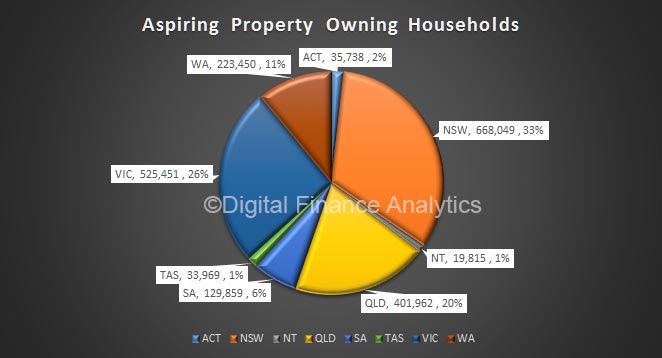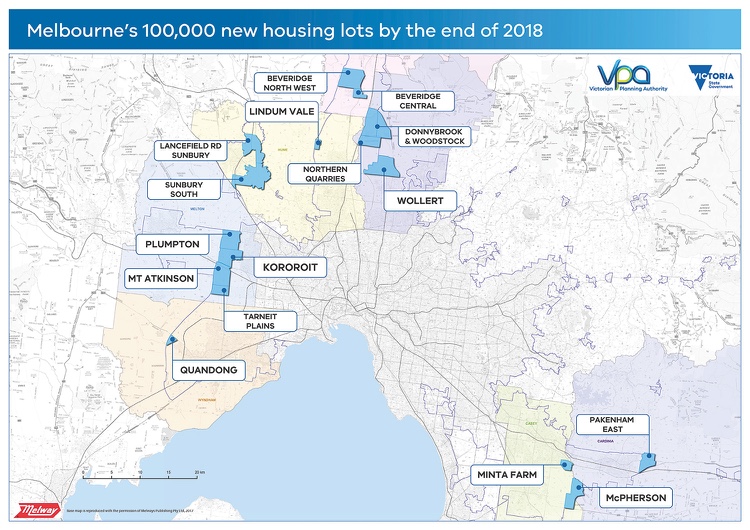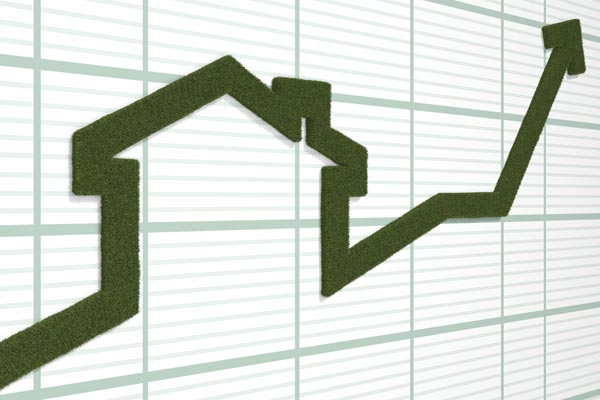From The Real Estate Conversation.
The proportion of income required to meet home loan repayments was 30.4 per cent in the December quarter of 2016, according to the latest Adelaide Bank/REIA Housing Affordability Report. The result was an increase of 0.9 percentage points over the quarter.
Housing affordability declined across all Australian states during the quarter, and New South Wales remains the least affordable state for homebuyers.
However, the proportion of income required to meet home loan repayments declined 1.9 percentage points compared with the corresponding quarter of 2015.
REIA President Malcolm Gunning said historically low interest rates and modestly rising incomes were not enough to offset the increasing size of mortgages.
“Over the December quarter, affordability declined in all states,” said Gunning.
“The proportion of first-home buyers in the owner-occupier market was the largest in Western Australia,” said Gunning.
“Rental affordability also declined during the fourth quarter of 2016,” said Gunning, “with the proportion of median family income required to meet rent payments increasing 0.2 percentage points to 24.4 per cent.”
However, rental affordability improved for the year to December.
Since mid-2012, rental affordability has been improving, reflecting the pick up in housing investment from the end of 2011, said Gunning.
“Rental affordability for the quarter declined in New South Wales, Victoria, Western Australia, Tasmania and the Australian Capital Territory, but improved in Queensland, South Australia and the Northern Territory,” said Gunning.
Damian Percy, General Manager Adelaide Bank said the silver lining in the report was the fact that there was a 6.6 per cent increase in the number of first-home buyers in the December quarter, and an increase of 0.5 per cent compared with the December 2015 quarter.
“First-homebuyers now make up 13.8 per cent of total owner occupied housing,” said Gunning. “This rate has been dropping steadily over the past 5 years, but seems to have stabilised over the past 12 months.”
Percy said, “Despite this increase in first-home buyer numbers, it is still a figure well below the historical average of 18.5 per cent of the owner occupier market since the early 1990’s.”
“However, the size of the average loan for first-home buyers increased by 1.3 per cent over the December quarter to $323,633,” said Gunning.
“The increase in the average loan size is concerning,” said Gunning. “If this trend continues, then the proportion of first-home buyers in the market will continue at low rates.”
Percy said an “unwillingness” of voters who are “enjoying structural advantages that continue to keep a fire under house prices” will mean prices remain on current trends.
If current trends continue, said Percy, young people in Sydney and Melbourne will “endure” lives with “lousy housing options.”
Fast facts from the report
The average loan size for Australian first-home buyers increased by 1.3 per cent over the December quarter to $323,633. This was a decrease of 1.5 per cent year on year.
Median rents increase slightly
Nationally, the December quarter saw a slight decline in rental affordability. The proportion of median family income required to meet median rents increased by 0.2 percentage points to 24.4 per cent.
Victoria tops again for first-home Buyers
- Of the total number of Australian first-home buyers that purchased during the December quarter, 30.4 per cent were from Victoria.
- The number of loans to first-home buyers in Victoria increased by 9.5 per cent. This represents a 2.1 per cent decrease compared to the December quarter 2015.
- In Victoria, first-home buyers now make up 15.2 per cent of the State’s owner-occupier market. More than 7,000 Victorians bought a first home in the December quarter.
- Rental affordability declined for the quarter with an increase of 0.4 per cent of income required to meet median rents.
New South Wales remains the least affordable state
- The proportion of income required to meet loan repayments is 6.5 percentage points higher than the nation’s average. New South Wales remains the least affordable state or territory in which to buy a home.
- Of the total number of Australian first-home buyers that purchased during the December quarter, 18.4 per cent were from New South Wales. The number of loans to first-home buyers increased by 7.8 per cent. When compared to the December quarter 2015, the number of first-home buyers decreased by 5 per cent. First-home buyers make up only 8.2 per cent of the State’s owner-occupier market – the lowest level across the nation. 4,276 first-home buyers entered the market in NSW.
- Rental affordability declined for the quarter with an increase of 0.5 per cent of income required to meet median rents.
Queensland
- Of all Australian first-home buyers over the quarter, 24.9 per cent were from Queensland while the proportion of first-home buyers in the State’s owner-occupier market was 17.4 per cent. The average loan size to first-home buyers decreased by 0.8 per cent for the quarter, but recorded a slight increase of 0.1 per cent compared to the December quarter 2015.
- Rental affordability improved for the quarter with a decrease of 0.2 per cent of income required to meet median rents.
South Australia
- In the national breakdown, 5.4 per cent of first-home buyers were from South Australia while the proportion of first-home buyers of the State’s owner-occupier market recorded an increase to 10.9 per cent.
- Rental affordability improved by 0.2 percentage points.
Western Australia
- Western Australia recorded a 1.3 per cent increase in the number of first-home buyers over the quarter, however, this was a decrease of 11.3 per cent compared to the December quarter of 2015.
- WA’s proportion of first-home buyers in percentage terms of the owner-occupier market across Australia was 21 per cent. Rental affordability was steady.
Tasmania
- Tasmania had the smallest average loan size.
- The number of first-home buyers in Tasmania increased by 6.5 per cent for the December quarter or 14.2 per cent compared to the same quarter of 2015. The average home loan to first-home buyers went down by 6.6 per cent to $227,500.
- Rental affordability declined with an increase of 1.3 per cent for the quarter or 0.7 per cent year on year.
Australian Capital Territory remains the most affordable state to buy or rent
- The Australian Capital Territory recorded a 12 per cent increase in the number of loans to first-home buyers. When compared to the December quarter 2015, the figure decreased by 3.7 per cent. First-home buyers made up 14.5 per cent of the Territory’s owner-occupier market with the average loan for first-home buyers decreasing by 1.4 per cent over the quarter to $319,133.
- Rental affordability declined for the quarter with an increase of 0.3 per cent of income required to meet median rents.
- The national capital remains the most affordable state or territory in which to buy a home or rent.
Northern Territory
-
The number of loans to first-home buyers in the Northern Territory increased by 4.8 per cent which was a 29.9 per cent rise compared to the December quarter of 2015. The proportion of first-home buyers of the Territory’s owner-occupier market was 16.4 per cent. The average loan size to first-home buyers increased by 12.2 per cent to $327,367 for the quarter or 3.1 per cent year on year.
-
Rental affordability improved with a decrease of 0.2 per cent.













